Beginner’s Guide: How to Educate Web2.5 Users Without Overwhelming Them
Let’s face it — learning about Web3 can feel like learning a new language. But there’s a helpful middle ground called Web2.5 Education, and that’s where things start to make more sense.
If you’ve ever heard someone say “blockchain” and instantly tuned out, you’re not alone. Web2.5 is where most of us start — using apps that feel familiar, while quietly stepping into the world of digital ownership.
So how do we teach Web2.5 in a way that actually makes sense to beginners?
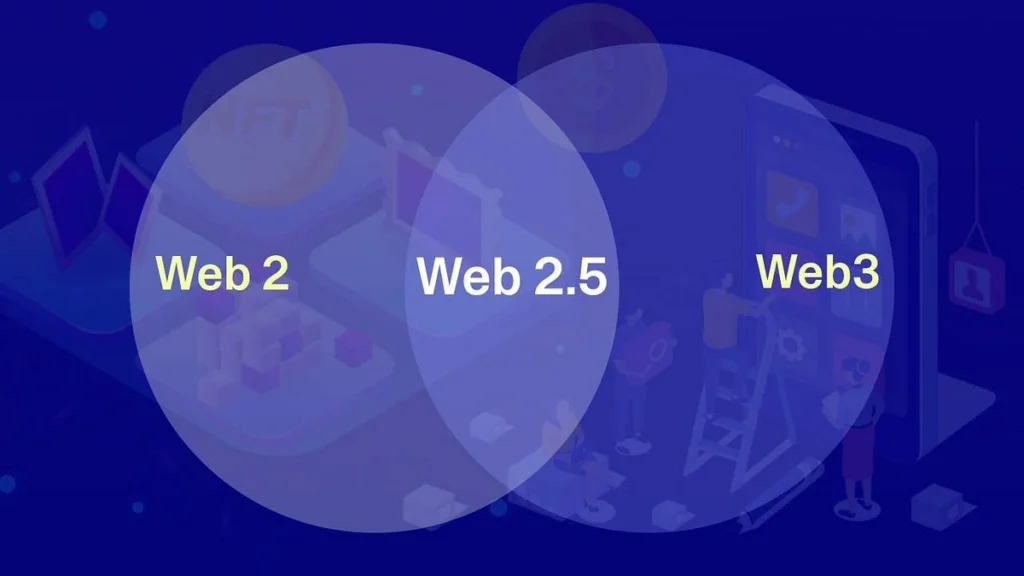
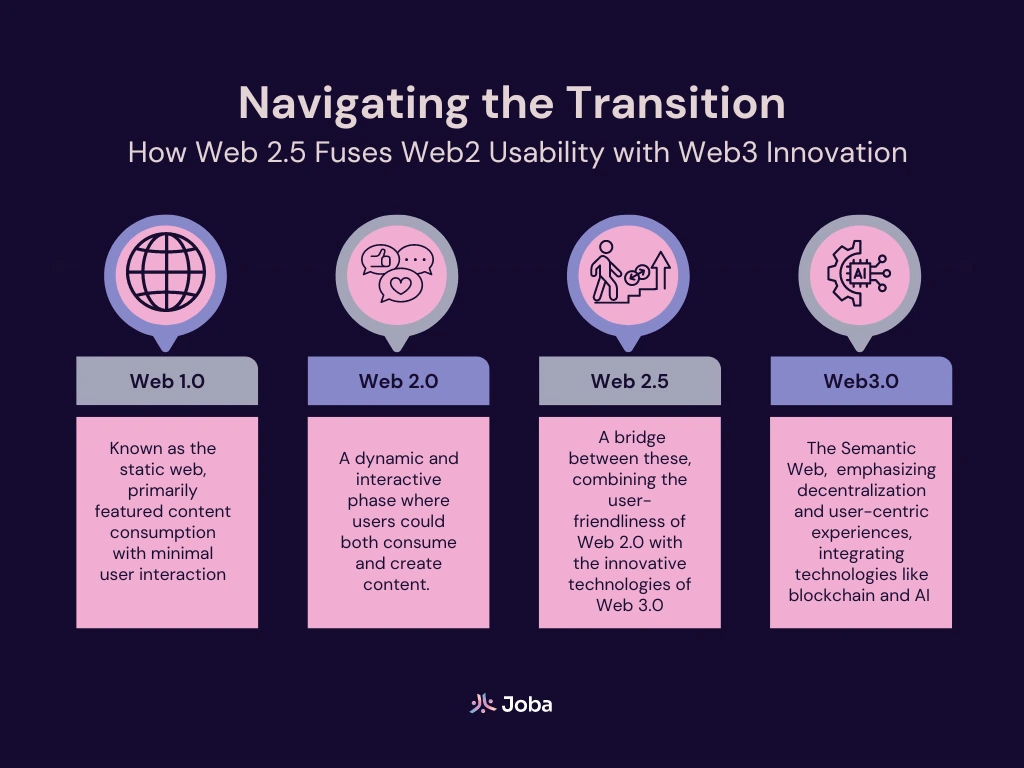
What Is Web2.5 Education, in Simple Terms?
Web2.5 is like a bridge between what you already know (social media, online shopping, gaming apps) and the newer Web3 world (where people own their data and digital stuff).
Here’s an example:
Imagine signing up for a game using your email like usual — but behind the scenes, it creates a digital wallet for you. You don’t need to know what a wallet is yet. You just know that now you can collect in-game items you actually own.
That’s Web2.5:
- Feels familiar
- Works like regular apps
- Uses Web3 tech in the background, without making you deal with the hard stuff

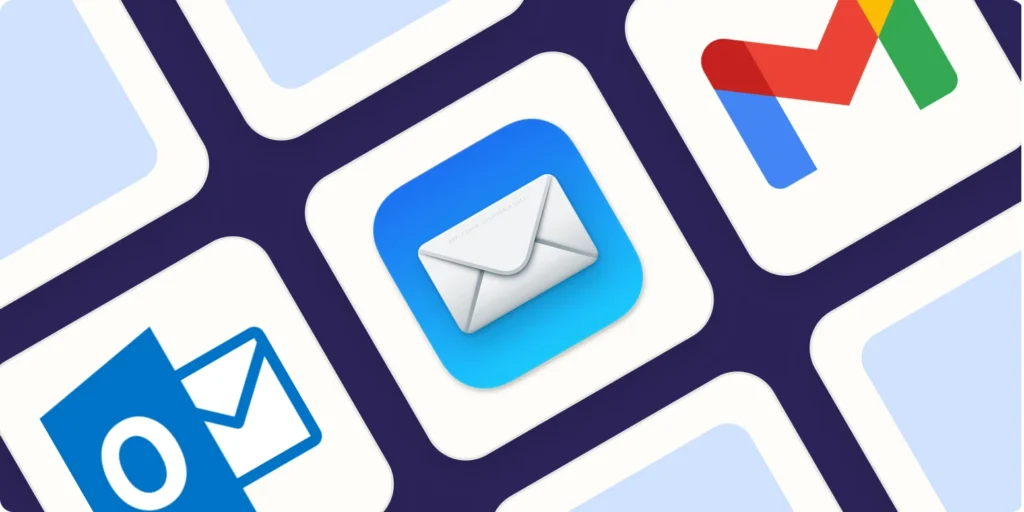
Why Web2.5 Education Is Different
Most people using a Web2.5 app don’t care about tech details — and they shouldn’t have to.
They’re not asking, “How does blockchain work?”
They’re asking, “Can I sell this item later?” or “What happens if I delete the app?”
That’s why education here has to feel easy, natural, and part of the product — not a separate lecture.
5 Beginner-Friendly Tips for Web2.5 Education
1. Use Simple Language, Not Tech Talk
Skip the fancy words.
Instead of saying:
“You control your private key.”
Say:
“Only you can access this — not even the app can.”
Also, the word “NFT” might turn people off. Try calling it a “digital item you own” — that’s what it actually is.
The goal: Make people feel confident, not confused.
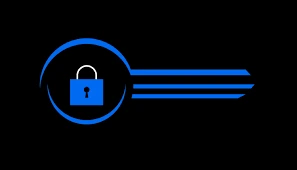

2. Teach While They Use the App
You don’t need a separate tutorial.
Let the app itself do the teaching:
- A loading screen that says “Creating your secure wallet…”
- A small message saying “You can sell this later if you want”
These little touches teach without feeling like lessons.
The goal: Let learning happen naturally.
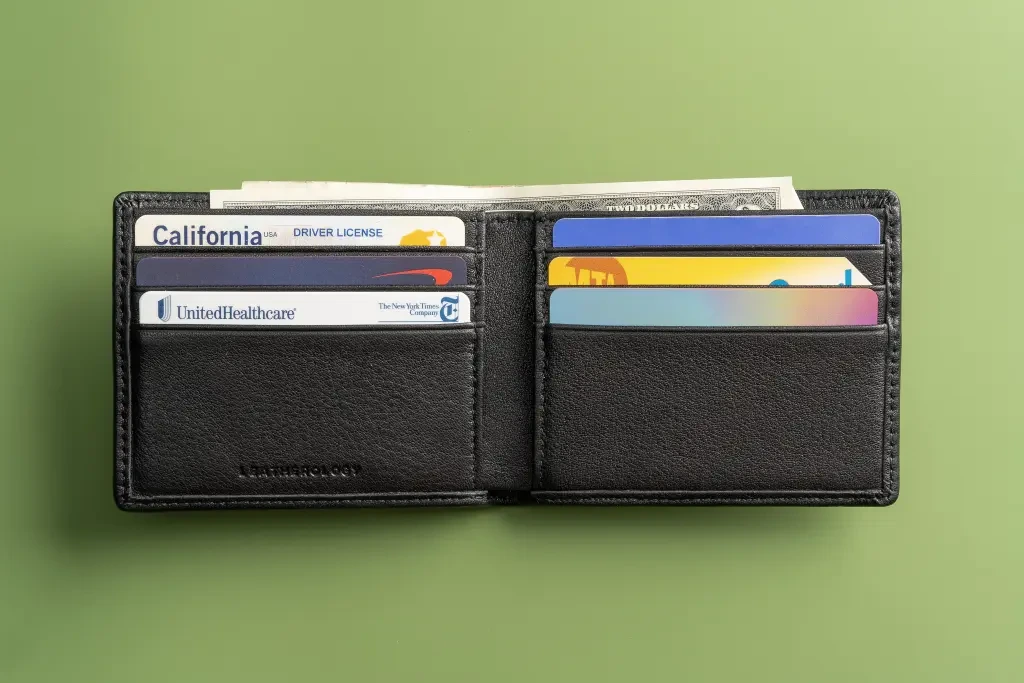
3. Focus on What Users Can Do
Forget the tech for a moment.
People care about what the app lets them do:
- Can they own and trade something?
- Can they prove they were at an event?
- Can they earn rewards or benefits?
That’s what you should highlight.
The goal: Show the value — not the system behind it.
4. Explain Things More Than Once (In Different Ways)
Some people will get it right away. Others need more time — and that’s okay!
Try repeating the same idea in:
- A welcome message
- A short guide
- A help center or FAQ
The goal: Make sure users can learn at their own pace, without feeling dumb.
5. Be Honest and Transparent
Many users have had bad experiences with traditional platforms — where their data was sold or they didn’t really own anything.
So if you’re building in Web2.5, be clear and upfront:
- Tell people what’s happening (in plain English)
- Let them choose how much they want to learn
The goal: Build trust through honesty — not mystery.
Final Thoughts: Think Like a Person, Not a Protocol
At the heart of it, Web2.5 education isn’t really about tech at all.
It’s about people:
- People who are curious but cautious
- People who want to try something new — without feeling overwhelmed
- People who value control, but not complexity
So meet them where they are. Use words they understand. Show them what’s possible.
Because the truth is, they’re already halfway there. You just need to guide them the rest of the way.
Relevant Link : Here




